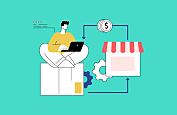
- What is an On-demand Economy?
- 4 Ways How the On-demand Economy is changing the world?
- How do mobile apps foster On-demand economy success?
- Top 5 industries driving the On-demand App economy
- Let’s jump to On-demand Economy Facts and Stats (US)
- The Future of On-Demand Economy: How to combat?
- Let’s bite up!
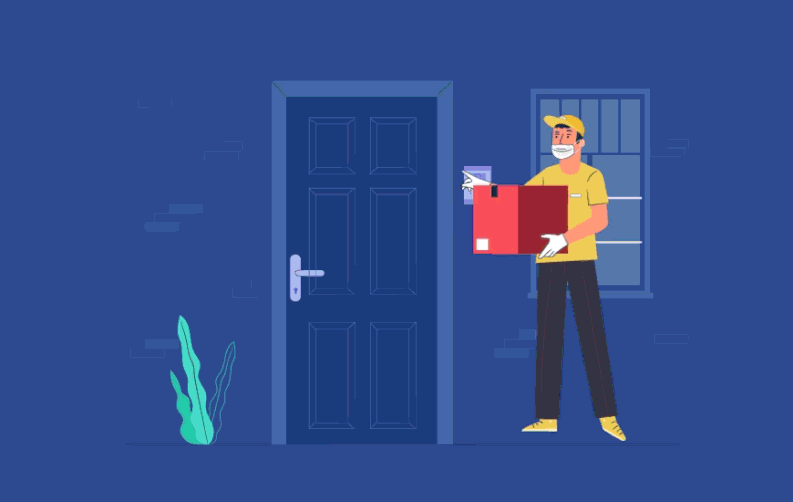
The On-demand economy is mushrooming at an unparalleled pace in the midst of COVID-19 and is fulfilling the demand by giving instant access, convenience, and personalized experience to next-gen customers.
According to the PwC research, it is estimated that the on-demand economy will soar to reach a whopping $335 billion by 2025.
Whereas, U.S. consumers are already spending $57.6 billion in the on-demand economy to cater to 22.4 million users annually.
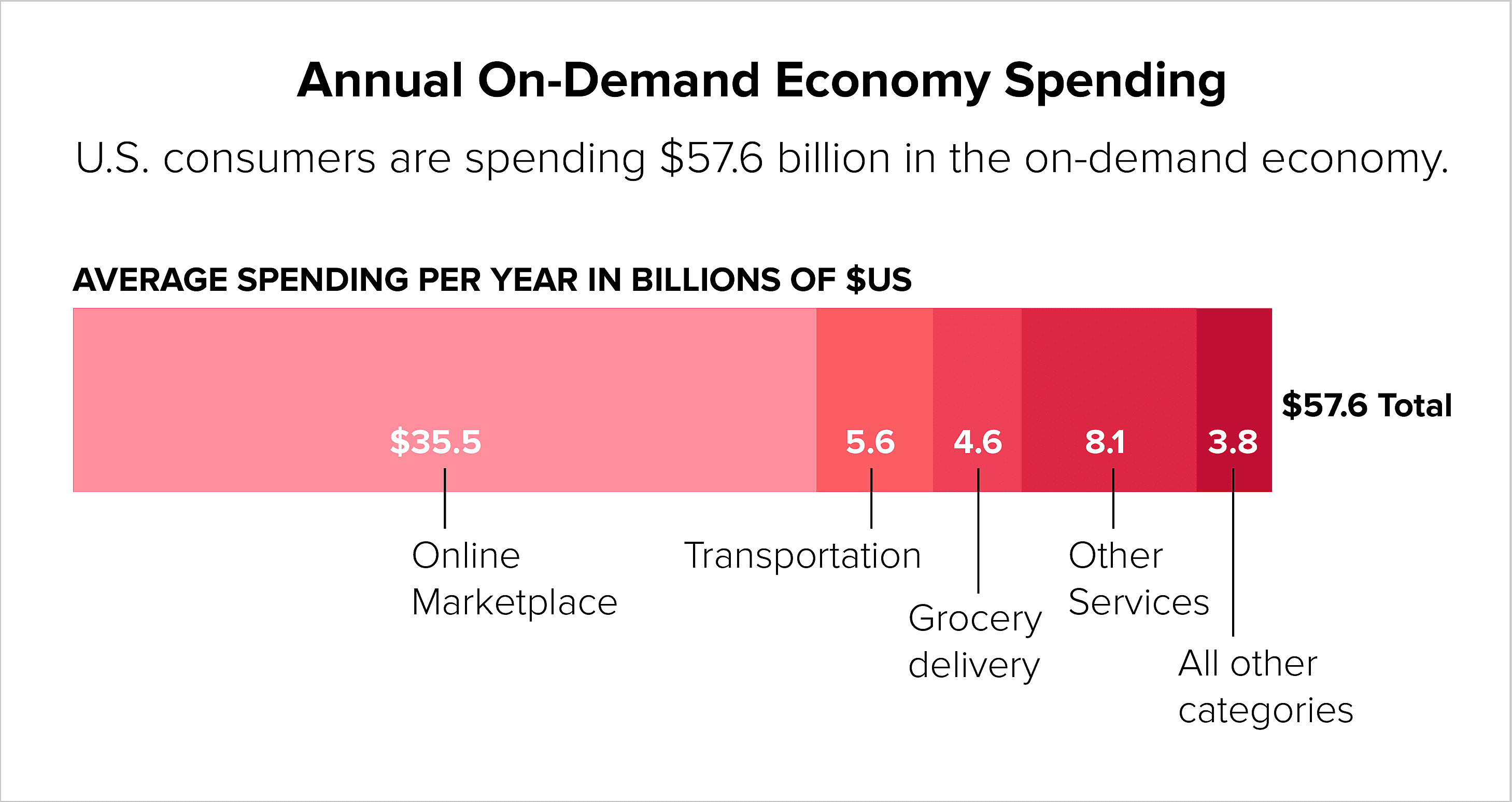
From the statistics, it is clear that on-demand business has been in trend and will always be. From mindset to methods, Covid-19 has accelerated the growth of the On-demand business with a click and collect fashion.
This is the biggest reason why businesses are shifting towards an on-demand economy to leg up with consumer changed preferences and hyper-impatient needs.
In this blog, we are going to discuss how the on-demand economy is changing the way of doing business.
But before that, let’s get started by knowing what exactly On-demand services are? By the end of the blog, get quick tips on how you can join the On-demand economy to earn a living or boost your existing income.
Let’s dive in!
What is an On-demand Economy?
The On-demand economy is an economic activity, influenced by digital transformation, in which companies are providing on-demand products and services to consumers on their doorstep on an immediate basis.
This “click and collect” economy is simply a working process, where workers serve their clients on a temporary basis for the services they avail of.
Businesses offering on-demand services are just not booming but are evidently seeing rapid business growth in the last few years. With a change in customer behavior, businesses are more focused to capture market opportunities by building on-demand app solutions for users in space.
4 Ways How the On-demand Economy is changing the world?
The On-demand economy has started ruling the world. It is something evolved by keeping customer-centricity in mind and obviously the ease of access.

To stand shoulder to shoulder with emerging disruptive technologies and business trends, let’s see how the On-demand business is transforming the world, with gaining new users every day.
1. Contactless Delivery
With the effect of the pandemic, and the increasing number of users preferring to shop online, and avoiding visiting physical stores, more and more businesses are switching to online platforms. To meet customer expectations, it is very important for companies to draw innovative measures that are supposed to give customers more than they expect from you.
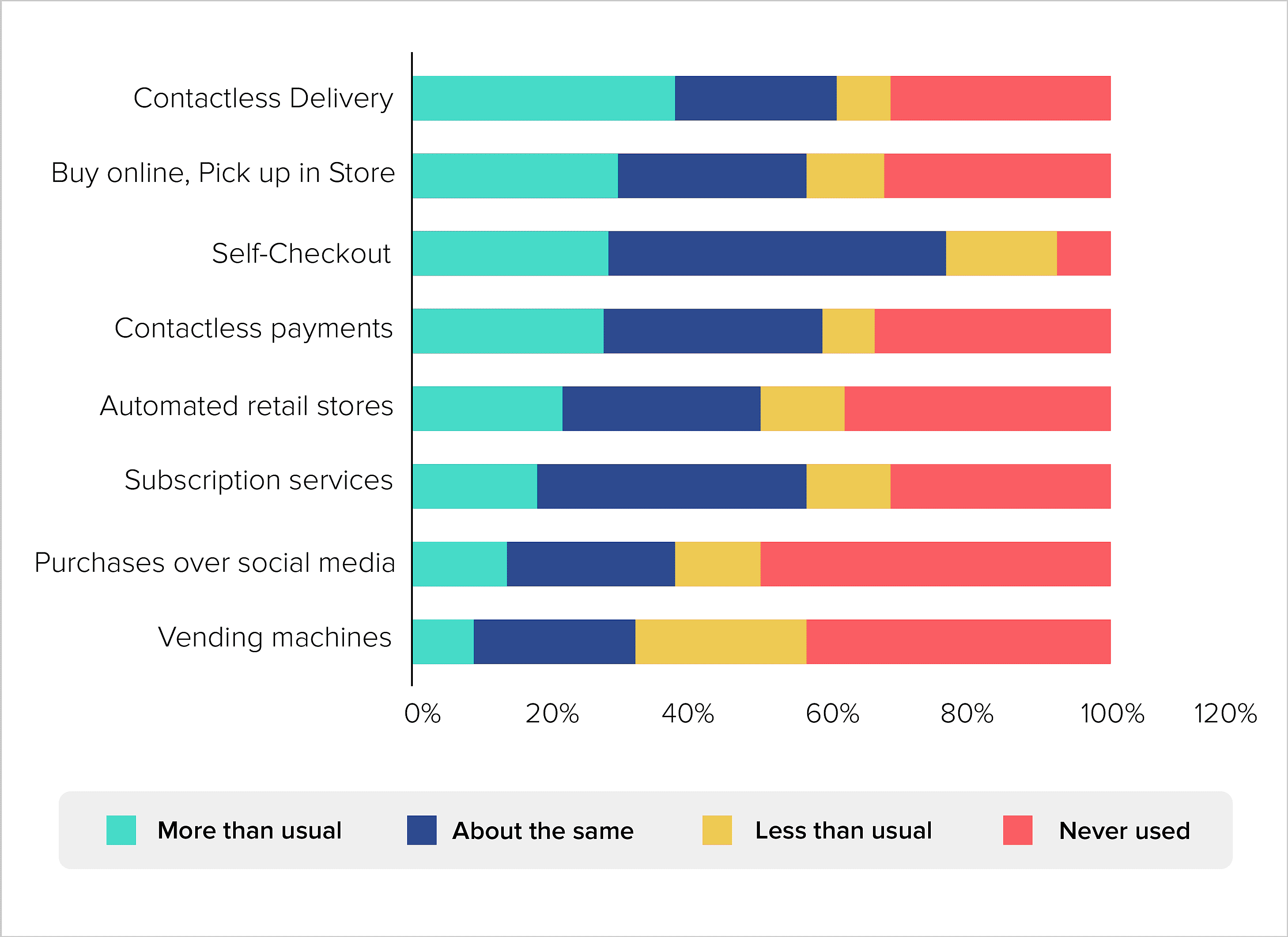
A May 2020 survey revealed that 37 percent of US respondents had used contactless delivery more than usual. Buying items online and picking them up in store has also gained in popularity, as 29 percent of responding U.S. consumers stated that they had done so more often than usual.
You have heard this term more frequently during pandemic times when delivery agents are more prone to disease, due to their outdoor exposure. To save them, and as well as consumers, businesses have coined the term “contactless delivery”. In this, agents use to leave the baggage outside the customer doorstep, so that they can maintain social distancing and avoid spreading of this life-taking virus.
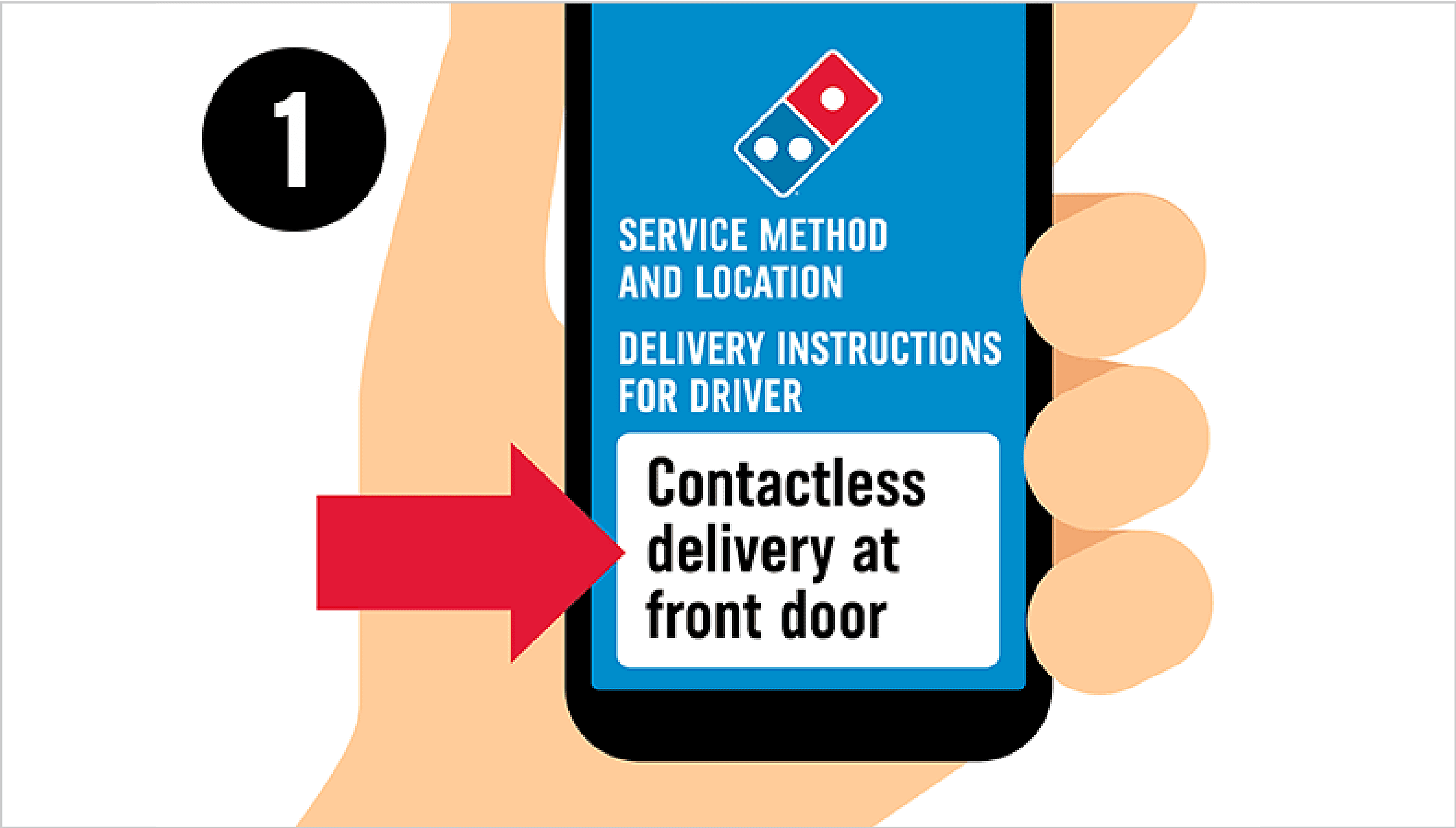
From household essentials to food ordering apps like DoorDash, GrubHub, Uber Eats, have actively implemented contactless delivery in their On-demand delivery service. And, customers are enjoying it as well.
2. Convenience
From goods to housing, to — yes — transportation, today, customers want everything instantly on their doorsteps. The On-demand companies raise accessibility, aim at delivering a customer experience flavored with the quality of service. In the scenario, when you can’t step out of your homes, the on-demand economy has played a vital role to curb the spread of the virus.
During a lockdown, we have started baking, painting, repairing, working, cooking everything on our own. Convenience has made us think like that.
With immediate provisioning of goods and services, the On-demand companies are thriving by fulfilling customers’ expectations.
3. Personalization
Your customers expect you to know them. If you're a fan of Amazon, Alibaba, Lazada, then you might have noticed these brands have one thing in common, that is user experience. And customer experience doesn’t always come from selling and buying goods. It comes from how you are treating your prospects from their first visit. And how well you’re able to meet all the touchpoints.
Ecommerce brands like Walmart, Amazon, etc. are trying to bring customer journeys at home, by introducing in-home ordering through google and Alexa voice search. Recently, Walmart has integrated with Jetblack, which will help customers get their orders delivered to their homes.

You can also offer personalized discounts to your customers so that they can feel valued. Some of them can be their birthday occasions, anniversary or some exclusives like the early bird, etc.
4. Behavioral Targeting
You have only two options left, “innovate or die”. The On-demand economy is revolutionizing the customer experience. And, behavioral targeting plays a significant role in shaping consumer behavior.
How? I have two solid factors to share. One important factor is rising customer expectations and the second is competition.

To analyze website behavior, the pixel is used. As the website uses cookies to analyze and understand consumer behavior, likewise, the app uses SDK to collect behavioral information.
Once, you have behavioral information in hand, you can organize and segment it depending upon the user’s demographic data such as gender, product, interests, buying fashion, etc.
You can understand your app audience with behavioral targeting based on location, run email campaigns, and remarketing practices.
How do mobile apps foster On-demand economy success?
Undoubtedly, mobile apps have become the most important element of digital transformation success. Nowadays, a vast majority of the population is rolling their eye-balls over smart devices, they want everything over their fingertips instantly.
Right from “I’m just browsing” to “I’m hiring” to “Let me shop for you” every single service is available over mobile.
Taking this into consideration, companies are revolutionizing every single customer experience by leveraging in-app shopping experiences, food order, lifestyle, and more.
If you are looking to build an on-demand app, you must keep these mobile app KPIs in mind.
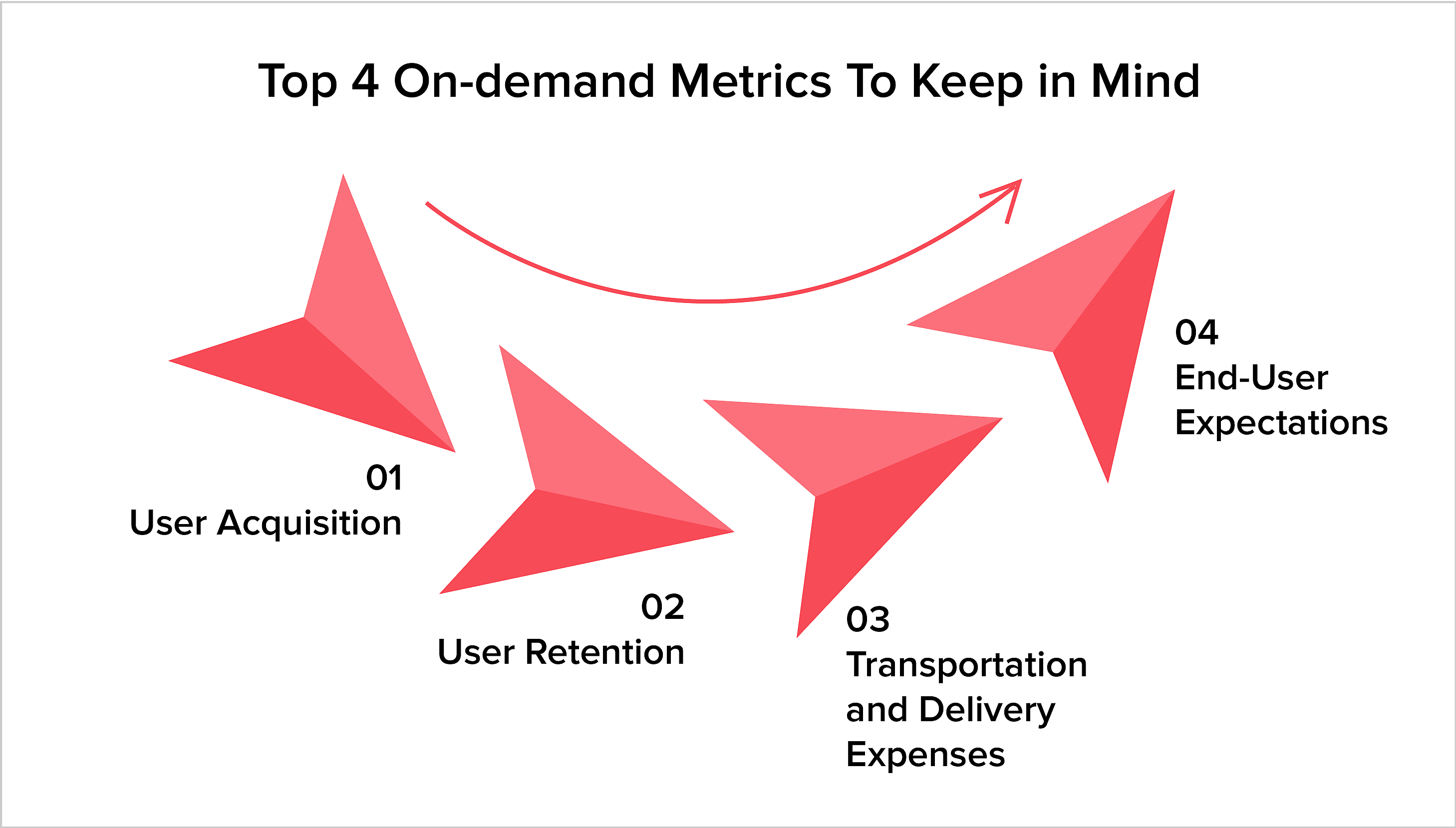
Mobile apps have become the face of digital. It not only increases user engagement but also connects you closely with your customers. Let’s move to popular use cases.
Top 5 industries driving the On-demand App economy
There are various industries that have successfully implemented an on-demand delivery service model in their businesses in different ways. Let’s have a look at on-demand delivery use cases and examples.
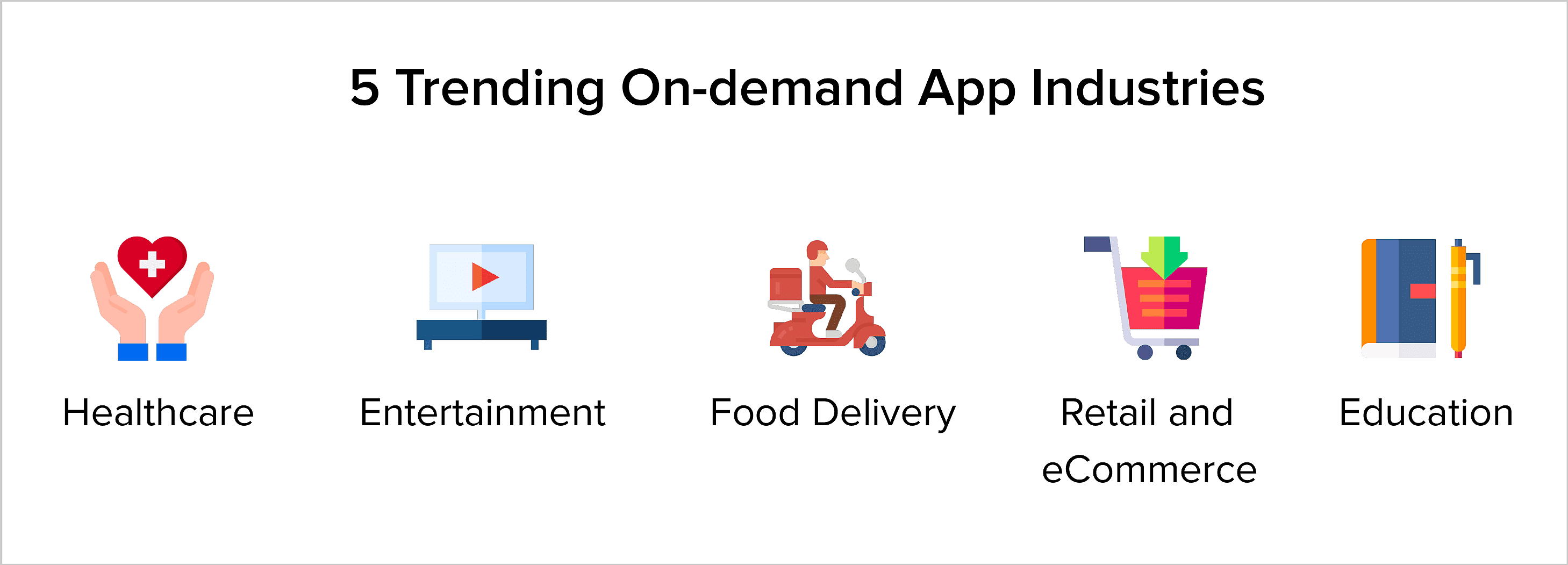
1. Healthcare industry
The health industry is a must-have industry to have an on-demand economy. With the spread of the pandemic, the demand for doctors and medicines has seen a great raise. Health and wellness is the most sensitive and concerned sector of the industry. The On-demand app benefits both doctors and patients. Doctors and other medical professionals can easily share the medical reports, tests, prescriptions, X-Rays with their patients without calling them 8their clinics, and pathologies.
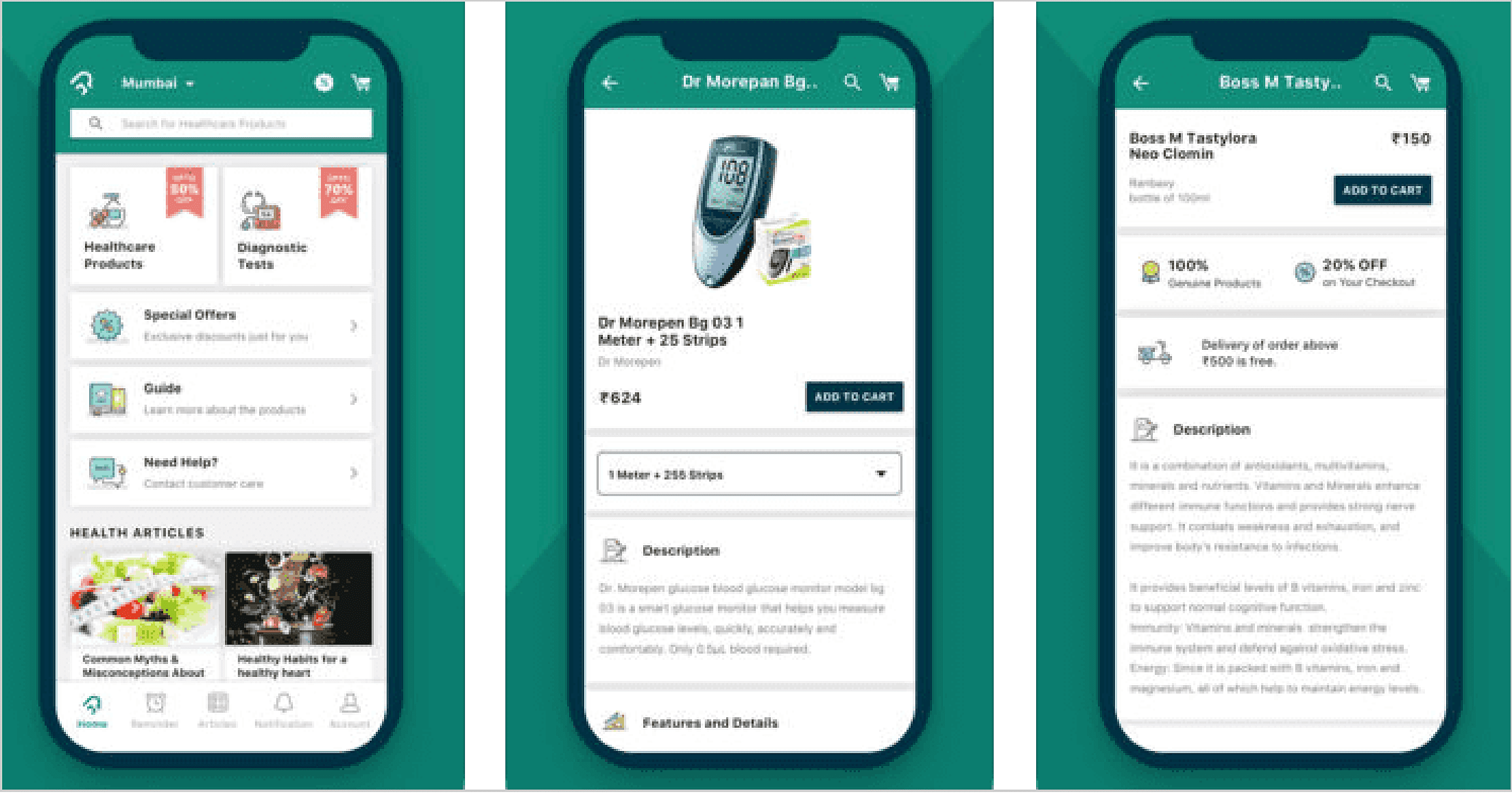
Apps like Medibuddy enables doctors to interact with their patients without actual physical visits. Patients can receive immediate treatments and consultations without stepping out of their homes, at their convenience.
Apps like Pharmeasy, 1mg, etc lets you order your medicines at your doorstep. These digital transformations have not only become a new trend but have been highly helpful especially in the COVID-19 scenario when every one of us is avoiding going out.
2. Entertainment
If you look into the flashback, mobile entertainment was meant to be wallpapers, games like snake, football, multimedia, songs, and videos.
But if you consider 2021, it’s still hard to believe, but the entertainment sector has fully embraced mobile apps with adding personalization at every step including music, mobile gaming, movies, live-streaming videos, tv-series, and much more.
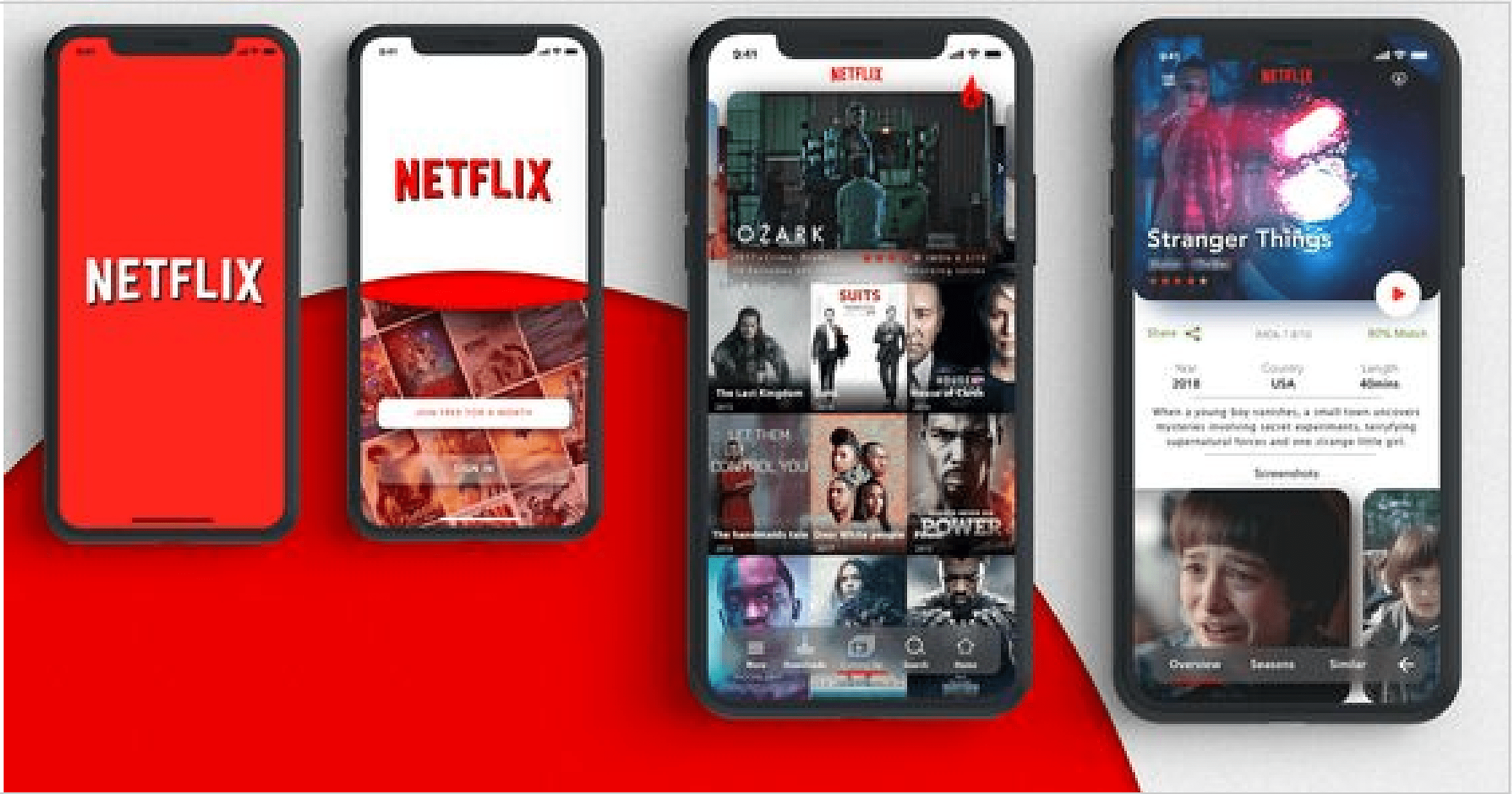
With geo-location, personalized recommendations, and entertainment providers, these mobile apps help you get the latest anywhere and anytime just for you. These mobile apps give fans an opportunity to interact with their favorite celebrities on-demand and keep track of what’s happening in the world.
3. Food Delivery
Be it a Swiggy, Zomato, Foodpanda or GrubHub all the major food ordering and essentials delivering apps are taking innovative measures to bring the most out of their platforms. In fact, according to Statista, revenue in the Online Food Delivery segment is projected to reach US$136,431m in 2020.

In the food industry, platform-to-consumer delivery has turned out to be the world’s most successful on-demand app economy applications in recent years. Gone are the days, where you have actually visited physical stores to taste your favorite food.

Nowadays, it can be easily done in 3 steps - order, prepare, and deliver. All thanks to the On-demand economy. And right now, more and more firms are setting up the On-demand delivery app and getting their goals aligned to stay competitive.
4. Retail and eCommerce
In the retail sector, mobile apps empower customers as well as merchants by giving them a smooth shopping experience. With the help of eCommerce mobile applications, customers get quick updates of their products and services ordered with the help of push notifications.

Integrating customizable chatbots to your eCommerce store reduces the operational costs to an extent. These Chatbots interact with your on-site visitors and customers, even when you’re on your vacations or in the absence of your customer service team.
Moreover, mobile apps like Adyen, Apple Pay, Brinks, etc. gives you a facility of Mobile e-wallets that simplifies the mobile payment options, making it more convenient for today’s modern consumers to pay through mobile apps.
5. Education
Time is changing, students are more driven towards learning through apps. Your smartphones have been converted into digital libraries, where you can learn anything from any corner of the world. E-learning is one of the trendiest digital transformations, carried out through mobile apps. It has not only simplified the learning process but also made education available and accessible to everyone, regardless of his/her physical location.
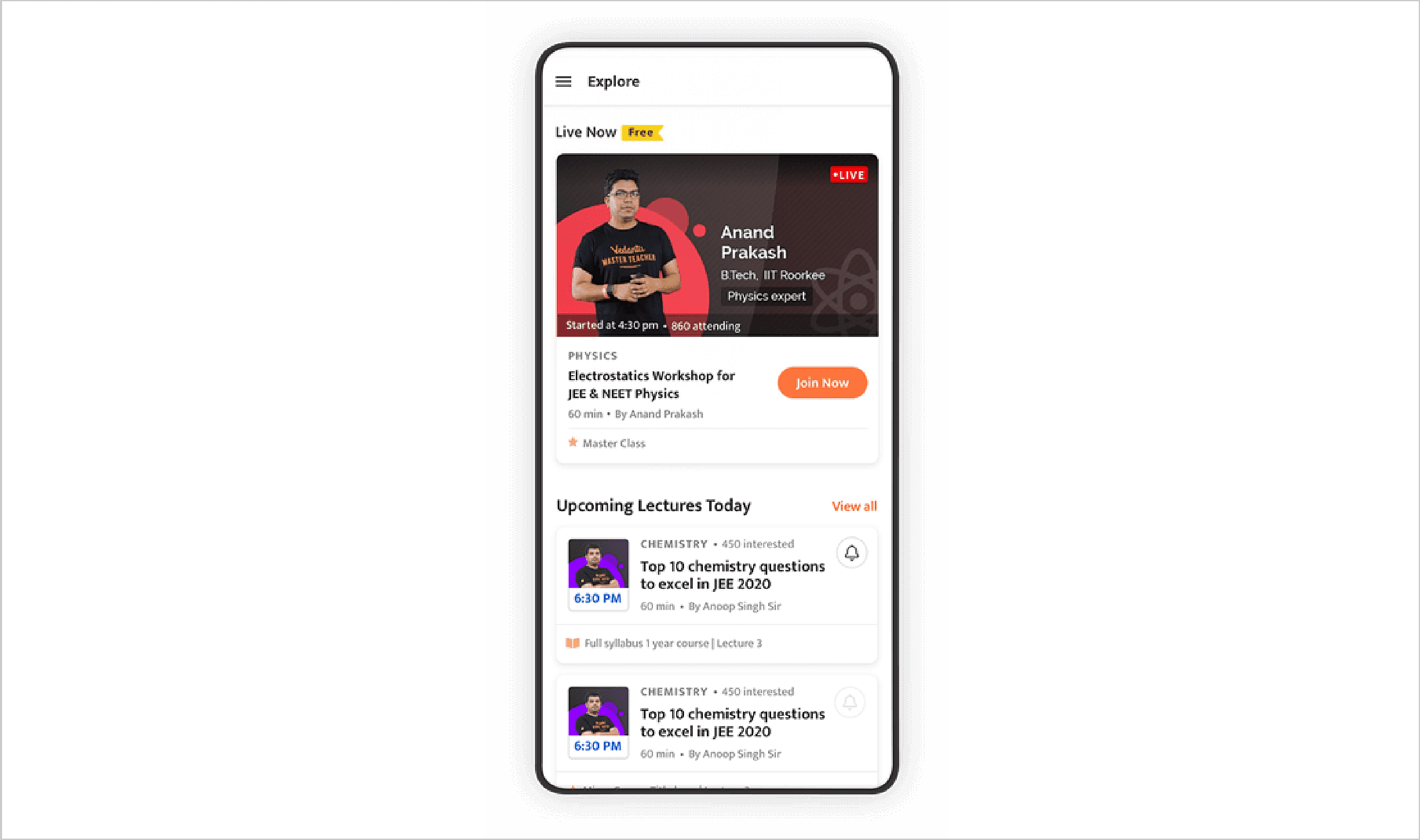
Best e-learning apps like Google Classroom, edX, Khan Academy have devised new learning methods for students through fun activities and games. This online studying initiative is helping students to expand their thinking capability to a very extent.
Let’s jump to On-demand Economy Facts and Stats (US)
According to Burson-Marsteller’s on-demand economy survey:
- 86.5 million Americans (42% of the adult population) have used an on-demand service.
- 45 million Americans (22% of the adult population) have offered services in on-demand service.
- 51% of those who offered services in an on-demand economy admitted that their financial situation has improved in the past year.
- 64% of those who offered on-demand services hope that their financial situation will improve in the coming year.
- 51% of people offering services for startups in the on-demand economy are under 35 years of age.
- 41% of people who have used or provided an on-demand service live in urban areas.
According to Intuit’s on-demand economy survey:
- 70% of on-demand workers are satisfied with their work.
- 81% of workers in the on-demand economy plan to continue working with the same provider over the next year.
- 63% of on-demand workers say that they are happier to be working in the on-demand economy.
- 63% of workers say that they are working with on-demand startups to earn supplemental income.
- 46% of people working in this economy say they are working because of their flexible schedule.
- 33% of people work for more than one platform.
- Only 11% of workers said that they work in an on-demand economy as they could not find any other job.
The Future of On-Demand Economy: How to combat?
Regardless of what businesses you run or what kinds of products and services you sell, the single most important aspect of every business lies within your customers.
As a result, it is really important to understand your audience, who they are, and what they really want? If you’re not pacing-up your business strategy, matching your customers’ changing needs and demands, you will lose.

The on-demand economy, we have seen today, is just a flash of the standard that can be seen in the future. To understand the future of the on-demand economy, you need to analyze how customer behavior is changing with time.
Clinging solely to the technology that no longer fits with the nuts and bolts of the current industry’s needs, will push you back and won’t let you grow and evolve.
To address the changing business verticals, it is crucial that your business should be focused on innovation, results, and continuous improvement.
Be it Uber, Amazon, Netflix, companies who have digitally transformed themselves in accordance with customer’s changing demands and portability, evidently generating hefty revenues.
Let’s bite up!
I think now, it's fair to say, why on-demand delivery apps are in great demand. But with growing demand, here come challenges, and with challenges, the competition also increases.
The on-demand economy is not only bringing strategic market shifts for the consumers but also for the investors, startups, and entrepreneurs. Do you know, there are over 3.04M Android apps and 1.9M iOS apps available on Google play store and Apple play store respectively.
The mobile experience is getting richer with every passing day. In order to deliver a frictionless customer experience, businesses have to think out-of-the-box and revise their business models with global app marketing trends.
Got a million-dollar thought? There won’t be a better time than this. Also, get inspired from the latest annual report featuring the top mobile app development companies in the USA.

Content Writer
Sakshi Kaushik is a wordsmith extraordinaire who transforms complex technical jargon into captivating, must-read articles. Armed with a Masters in Economics, Sakshi dissects intricate topics with the precision of a seasoned expert. Her insights have graced prestigious platforms like Hackernoon, Ecowiser, and Medium, captivating readers and tech aficionados alike. With a career spanning influential companies like Teleperformance, Finex, and SparxIT Solutions, Sakshi is well-versed in navigating both the keyboard and the boardroom.
In addition to her extensive experience, Sakshi holds HubSpot certifications in Digital Advertising and Content Marketing, and has earned further credentials from UpGrad, Coursera, and Great Learning. Dedicated to sharing her expertise with mobile app developers and tech enthusiasts, Sakshi's passion shines through her writing. When she's not crafting compelling content, she enjoys diving into thrilling novels and exploring diverse worlds.










